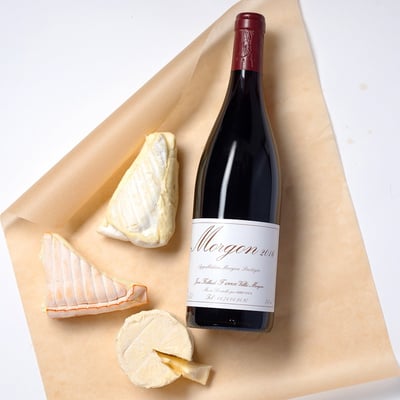
Tannins are hands down one of the wine world’s most highly misunderstood components. When paired properly with food, tannins in wine can elevate the dish with which they’re served-- as well as make the wine truly come to life. So what exactly are these mysterious molecules inside our favorite bottles of vino and how do we maximize their presence on the table?
What are Tannins?
Technically speaking, tannins are polyphenolic molecules in wine that bind to other various compounds that are present within the juice; simply put, they’re the astringent components within your favorite wine that make your mouth feel dry. Ever sip a glass and feel that desert-like sensation along your tongue and cheeks? Those are tannins!
Where do Tannins Come From?
Tannins are found in the skins, stems, and seeds of grapes, which is why red wines are generally more tannic than whites. Red wines get their pigment from the juice macerating with the skins, imparting tannins onto the freshly pressed juice. White wines can also be tannic, especially when produced in a skin-contact format (think, orange/amber wines.) Tannins are also present in oak barrels, though these tannins are a lot less prominent than those within fruit.
When Should I Seek Out Tannic Wines?
Certain grape varieties have a higher presence of phenols, making for more tannic wines; think Cabernet Sauvignon, Nebbiolo, and Syrah. When sipped solo, especially in their youth, these wines can be a bit harsh on the palate. The solution? Fatty foods! Tannins and fat combine on the palate, creating a chemical reaction that results in a more pleasurable experience for both food and wine. When properly paired, fats will soften out tannins, making a wine more approachable and drinkable, while also elevating the dish being served. Find a wine too harsh to sip solo? Grab some cheese, charcuterie, or, if time permits, a big, juicy steak. See for yourself how the wine evolves for the better when consumed alongside food! And get more pairing tips in our post on 5 tips for pairing food and wine.
“When properly paired, fats will soften out tannins, making a wine more approachable and drinkable, while also elevating the dish being served.”
Why are Tannins a Good Thing?

